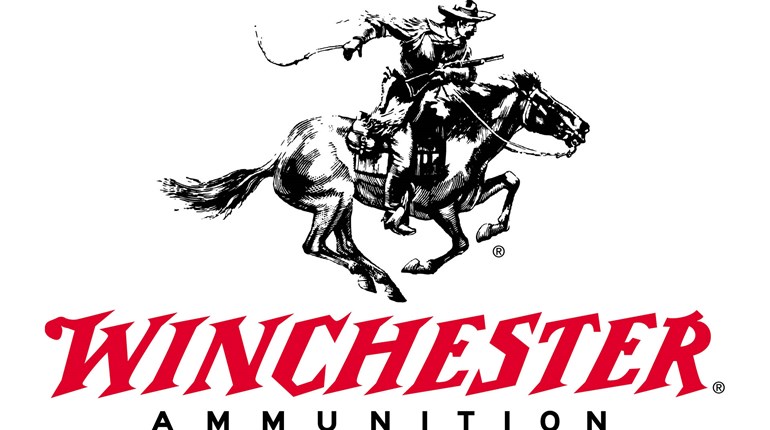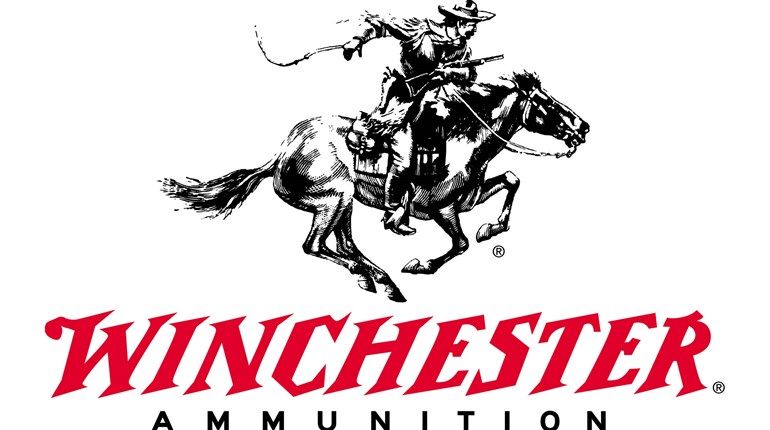
Just as we discussed the relationship between the .223 Rem. and 5.56 NATO, there is a similar set of rules between the .308 Winchester and the 7.62mm NATO. It’s more than just a military designation versus a sporting designation, though they are of the same lineage. The .308 Winchester, the darling of the hunting and target crowds, was actually on the public scene first. Perhaps a bit of history will shed some light on the developments.
Difficulties adapting the .30-’06 Springfield into a semi-automatic rifle after WWI had the U.S. Army looking at a replacement for the cartridge. As we know, the .30-’06 served us well—particularly in the M1 Garand rifle. This cartridge saw action in WWII and Korea. The experiments with the .300 Savage cartridge resulted in what the Army designated the T65 cartridge, with the case growing in length from 47 mm to 51 mm (2.015 inches) over the course of development, with a 20-degree case shoulder on the final design. Firing a 147-grain boat-tail bullet at a muzzle velocity of 2,730 fps, the T65 offered a similar downrange performance to the .30-’06—close enough to warrant the adoption of the cartridge—yet allowed a soldier to carry more ammunition. However, before the Army would issue the cartridge, Winchester made a bold move and released the cartridge to the sporting world in 1952, under the designation .308 Winchester.

Enter The .308 Winchester
Offered in the Model 70 bolt-action, Model 100 semi-automatic and the Model 88 lever-action rifles, the .308 Win proved to be a smart design for hunters, offering a light, handy rifle, a flat trajectory and terminal performance on par with the .30-’06 Springfield (sparking a cartridge debate which rages on to this day). Winchester decided on a 1:12-inch twist rate for the new cartridge, allowing it to stabilize bullets weighing up to 200 grains. Though the ’06 could handle heavier bullets, the .308 Win gave excellent field performance then as it still does today.

7.62mm NATO Is Born
The military would wait until later in the decade to adopt the 7.62 NATO as a service round. It was introduced with the M14 rifle and M60 machine gun. There are many people, my father among them, who think that the combination of the M14 and the 7.62 NATO cartridge represents the pinnacle of battlefield rifles. Though it would be replaced by the M16 rifle and 5.56 NATO cartridge within a decade, it has a special place in military history, and the 7.62 NATO remains in service to this day, particularly in machine guns like the M240 and battle rifles like the FN America SCAR-H used by special-operations groups.
.308 Win vs 7.62 NATO: Practical Knowledge
What does a shooter need to know about this pair, and what are the relevant differences between the two cartridges? Well, just as with the .223 Rem/5.56 NATO, the cartridge dimensions between the .308 and 7.62 are identical. But, unlike the .223 situation, where the military version is the hotter of the two, the reverse is true with the .308 Winchester: the 7.62 NATO is held to a lower pressure limit than the .308. Cartridge cases for the 7.62mm round tend to be thicker than those of the .308 Winchester—and for those who insist that this is a myth, I invite you to weigh some fired cases.
First, the headspacing on most 7.62 NATO chambers will run 0.006 to 0.010 inch longer than their sporting rifle counterparts, to allow for proper feeding and ejection during repeated, rapid firing. Combine a longer chamber with a thinner case—the .308 Winchester cases will be thinner than military 7.62 NATO cases—and you open the door for the possibility of a ruptured case. A good rule of thumb is that a .308 chamber can handle both types of ammunition, but a 7.62 NATO chamber should only fire 7.62 NATO ammunition. This avoids any potential problems in a chamber with intentionally excessive headspacing.

Secondly, it is imperative that handloaders sort their cases and segregate any brass with 7.62 NATO headstamp. This is because .308 Winchester load recipes that have been proven safe with thinner casings (having a larger combustion chamber) will generate higher pressures in a more confined space.
.308 Winchester vs 7.62 NATO Pressures
In terms of pressure differences of the .308 Winchester vs the 7.62 mm NATO, the actual numbers aren’t all that large—a 62,000 psi limit for the .308 Win. and 60,200 psi for the 7.62 NATO. However these figures important enough to mind things like a tight chamber. An overly dirty chamber could pose a pressure issue as well. No one wants to damage a firearm, and we certainly don’t ever want to see anyone hurt; so keep the golden rule in mind: a .308 Win chamber can handle both .308 Win. and 7.62 NATO ammo safely, but if your rifle is marked for 7.62 NATO ammo, it’s best to use only that.






































